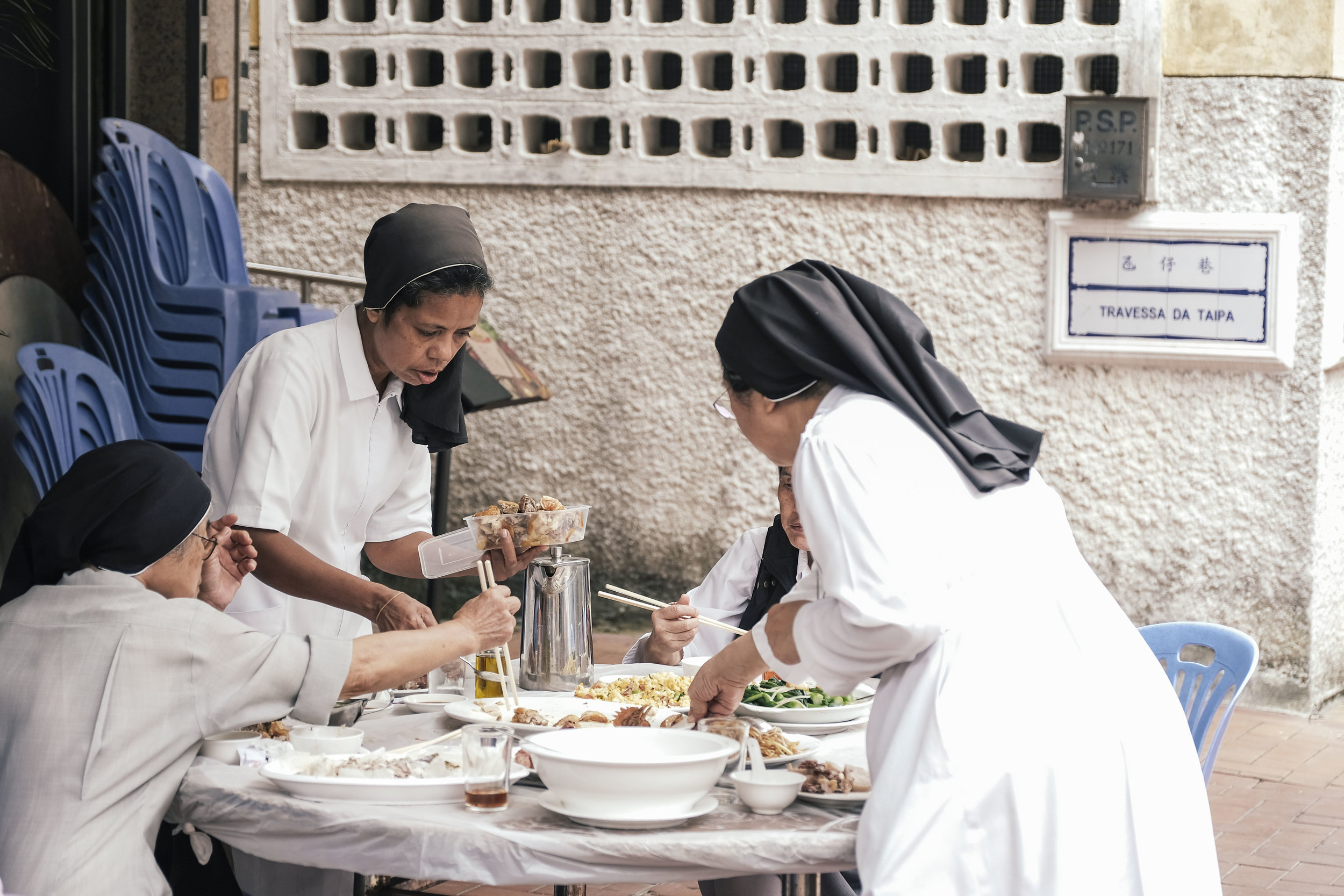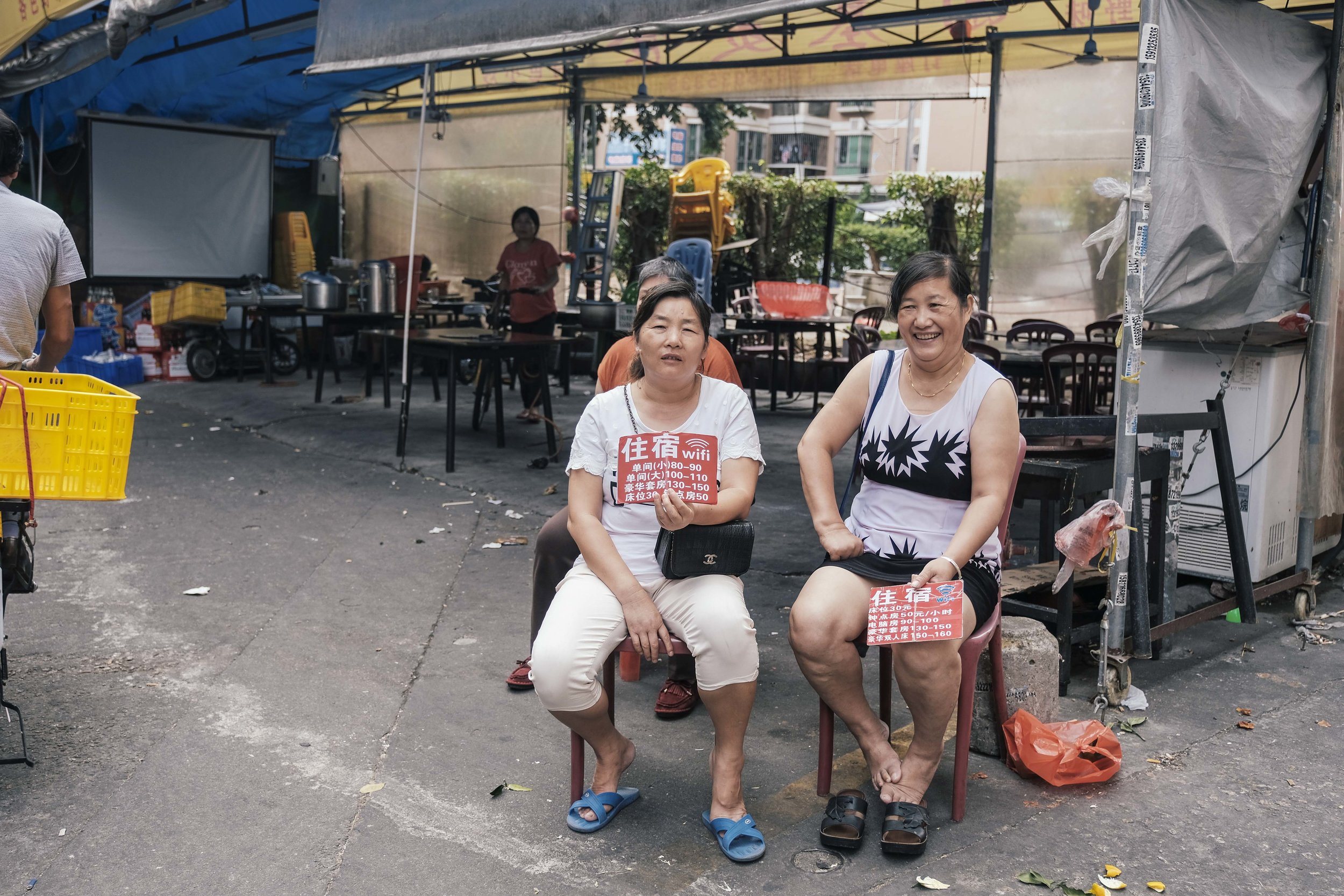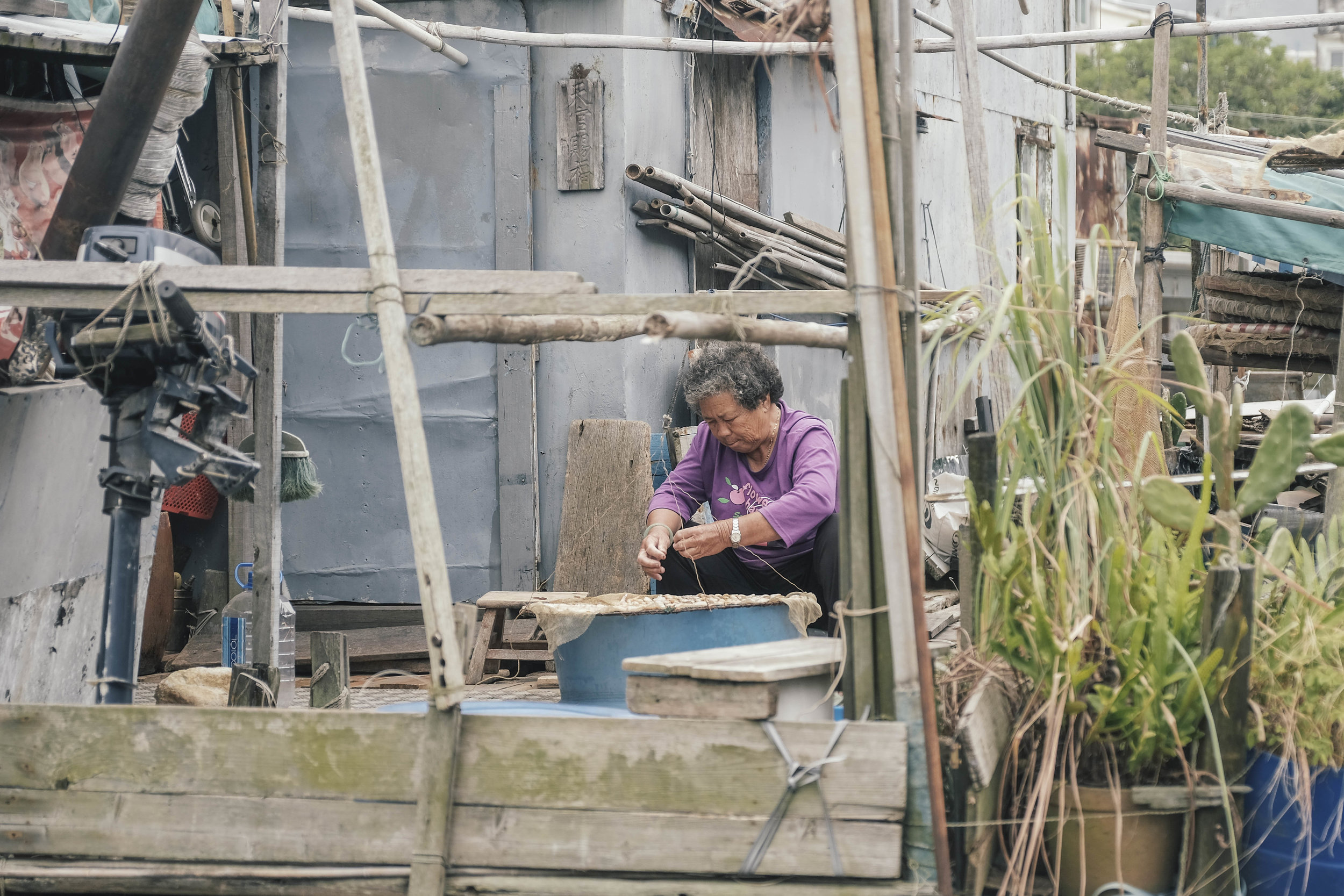Day-tripping: Hong Kong
6 Nov 2016
Hong Kong has no shortage of immersive experiences for the itinerant tourist. It is almost too easy to slake a thirst for high-end shopping or to go hunting for famous restaurants. Some people even opt to hike the numerous trails that span the island. But sometimes, the sheer density of the city can wear you down. So if you have a little time to spare, do consider these half-day or full-day trips out of the city.
LIVING LA VIDA LAMMA
Lamma Island is a quick ferry ride away from Central Pier #4. The closest MTR is Central, and it’s a ten-minute walk past the masses headed to work in the opposite direction. It is quite a nice feeling to walk around in shorts and sunglasses and not worry about deadlines or having to get to work before the boss.
View from the ferry on a hazy morning
There are two ferries to Lamma Island. The more frequent one is to Sok Kwu Wan (every 30 minutes), and you’ll most likely end up taking that one. The other is to Yung Shue Wan (every two hours).
The ferry terminal at Sok Kwu Wan
Lamma Island is certainly quieter and more laid-back than the mainland. I saw a number of expatriates rushing to get onto the ferry that brought me to the island, and after half a day spent traipsing about, I can understand why some people would opt to stay here. There are no motorized vehicles allowed, so roads are really paths and people walk or cycle about.
These tiny tractors used to haul building materials and trash are the only form of motorised transport allowed.
But there's room for fascinating innovations, such as a home-made self-service checkout machine in a store that didn't have anyone manning it! Truth be told, the owner did come out and give me back my boatload of change in fewer high-denomination bills, but its still the only one of its kind on the island, and perhaps even Hong Kong!
Built by hand. No credit cards allowed!
There are a couple of walks worth doing on Lamma Island. The first is the Lamma Island Family Trail (4.6km, 1.5-2 hours). Most people take it from Yung Shue Wan to Sok Kwu Wan. It’s an easy, paved path that winds through villages and climbs up to give you a view (on a clear day) of Hung Shing Ye Bay. One could also detour or expand the walk around Sok Kwu Wan for a further two-hour circular amble on the Ling Kok Shan Hiking Trail, or drop into one of the numerous seafood restaurants for a taste of island fare.
Nature calls in surprising ways on Lamma Island. The photo on the left shows the opening to a Kamikaze Cave, one of a series along the coast of Sok Kwu Wan. The Japanese planned to use these to conceal attack speedboats for suicide missions against Allied shipping. On the right is a sea water and fresh water catchment. At low tide, the mudflats are exposed, and mudskippers come out to play.
Lunch awaits after your walk!
MACAU REDUX
The garish interior of the Venetian
Stanley Ho, the godfather of Macau, once said, “We have never heard of laundering in Macau. Money laundering is unheard of.” Maybe because Mr Ho was given a 40-year government-granted monopoly on the casino industry. And in the process, he terraformed Macau into a moonscape of desire. Impossible buildings leer like giant masturbatory facades flashing in neon. Every possible architectural style is replicated here in gargantuan, mythic proportions. One day, long after the world shunts itself into nuclear fallout, men will walk the ruins of these megalithic monuments to excess and wonder just how ridiculous we were.
Most of the conurbation is coalesced on the Cotai Strip. The name itself is an amalgamation of Taipa and Coloane, two of the original village towns on Macau. What passes for culture outside of the casinos has been touristed to death in Senado Square and the over-photographed ruins of St Paul’s Cathedral.
Desperate to find a different side to Macau, I hop onto a free shuttle bus that takes me to The Venetian. I head inside long enough to see the freaky fake sky that keeps time at a perpetual ‘romantic’ dusk. After a few minutes I want to scream in claustrophobia.
But just a short walk away are the Taipa Houses-Museum, a complex of five houses built in 1921. Restored, they display various artifacts and exhibits on life in days of yore. Interestingly, they used to face the sea, but land reclamation (the insidious Cotai Strip) means they look out onto a sad lake that has been landscaped for a minimum of green against the haunting background of The Venetian.
Incense wafts upwards, creating a surreal moment of peace and quiet in this tiny roadside temple in Taipa.
Taipa itself has been reduced to a few narrow streets and numerous restaurants catering to casino-goers who want a few hours of sunshine and a change of scenery.
So I decide to go to the south of the island. Coloane is a spit of a village on the southern tip of Macau. Its one claim to fame is Lord Stow’s Bakery; serving up one of the best Portuguese egg tarts in Macau (and some say, the world). All I can say is they did not disappoint!
Exterior of Lord Stow's Bakery
Beyond the tarts though, Coloane is a sleepy town in decline. A bevy of old men watch nothing go by in the quiet waters while the odd tourist tries to justify just why they should spend any more time here.
A short ride away though is the enticing black sand of Hac Sa Beach. Pirates used to frequent these bays many years ago, but now its just tourists, trying to capture the exact shade of the sand and appear carefree against the undulating waterfront.
And if you still have time to spare, a bus from the beach could take you all the way north to the Border Gate, where Macau slips into Gongbei Port and Zhuhai. This seems to be China proper, or rather, a milder version of China. But there definitely are differences here, obvious even from a quick walkabout.
This pair of images quite possibly sums up my experience in Macau. Enough said!
TAI O TIMEOUT
Getting to Tai O isn’t difficult. It’s just relatively far. For starters, it’s on Lantau Island, so you’ll have to take the MTR to Tung Chung, the largest town on Lantau. There, you can stock up on snacks at Citygate, a behemoth mall full of outlet stores and more of the same overpriced designer schmuck that seems to dog Hong Kong like a persistent stomach ulcer. All the more reason to jump on the number 11 bus from the nearby terminus.
Once out of the city, the bus barrels through increasingly mountainous and forested countryside. Occasionally, the road intersects with walking trails, and that’s another option to get to Tai O. I did see one man who disembarked halfway through the bus ride in Tai O some three hours later, so it is certainly possible to walk there! On a clear day, another way is to take the Ngong Ping cable car from Tung Chung. From Ngong Ping village, it’s a 20-minute bus ride on number 21 to Tai O.
Unfortunately, I had arrived to a week of hazy skies, and so was not able to capture the famed sunsets of Tai O. But, I did experience a trip back in time, walking on the boardwalks atop stilt structures erected years ago on the muddy tidal flats by the Tanka, a community of fishermen. The houses are connected by a series of boardwalks, making it both easy and confusing to navigate.
Part of the fun is getting lost and landing up on somebody’s porch. The silver-painted walls give off a spacey, ship-like vibe, and I half expected the planks to undulate under my feet.
A little further inland, though, the stilts dissipate and abandon begins. Many villages in the outskirts of Hong Kong have been emptied out, something I saw on Lamma Island as well, as young people leave to find their fortune in bigger cities.
If you walk through the village and head towards the pier, you’ll eventually end up at the Tai O Heritage Hotel, a former police station built on top of a steep hill. Walk up a breathless driveway and you’ll find yourself gawping at a beautifully restored building. The reception room even has a couple of holding cells for naughty guests who need a timeout corner! The building dates back to 1902, one of the earliest police stations on the outlying islands of Hong Kong. It was built to combat piracy, but the policemen became more involved with the community and less so with fighting crime. Police officers used to mediate family disputes and settle arguments between villagers.
Tai O Heritage Hotel
Walking back to the village, I pass by a number of family-run seafood restaurants. I’m sure the fish is fresh here, but buses also run far less frequently at night, so it’s a toss-up between catching the sunset or boarding the bus before it gets fully dark.
Even the cows are waiting for the bus here in Tai O
Whilst still picturesque, the homes in Tai O are gently crumbling, and its only the fledgling tourist industry that keeps them from being yet another forgotten village on the coastline, receding into the memory of a quaint history.


























